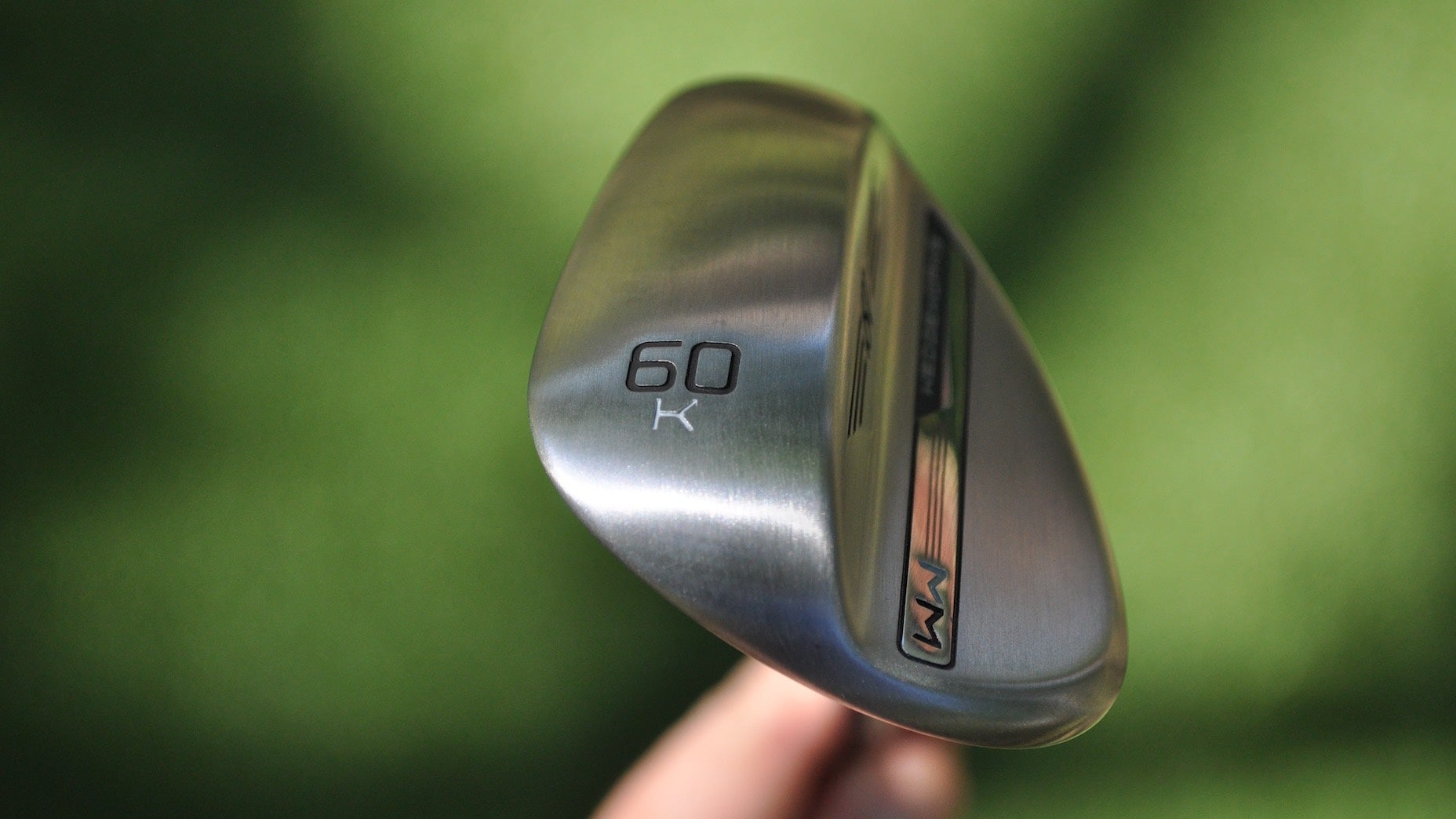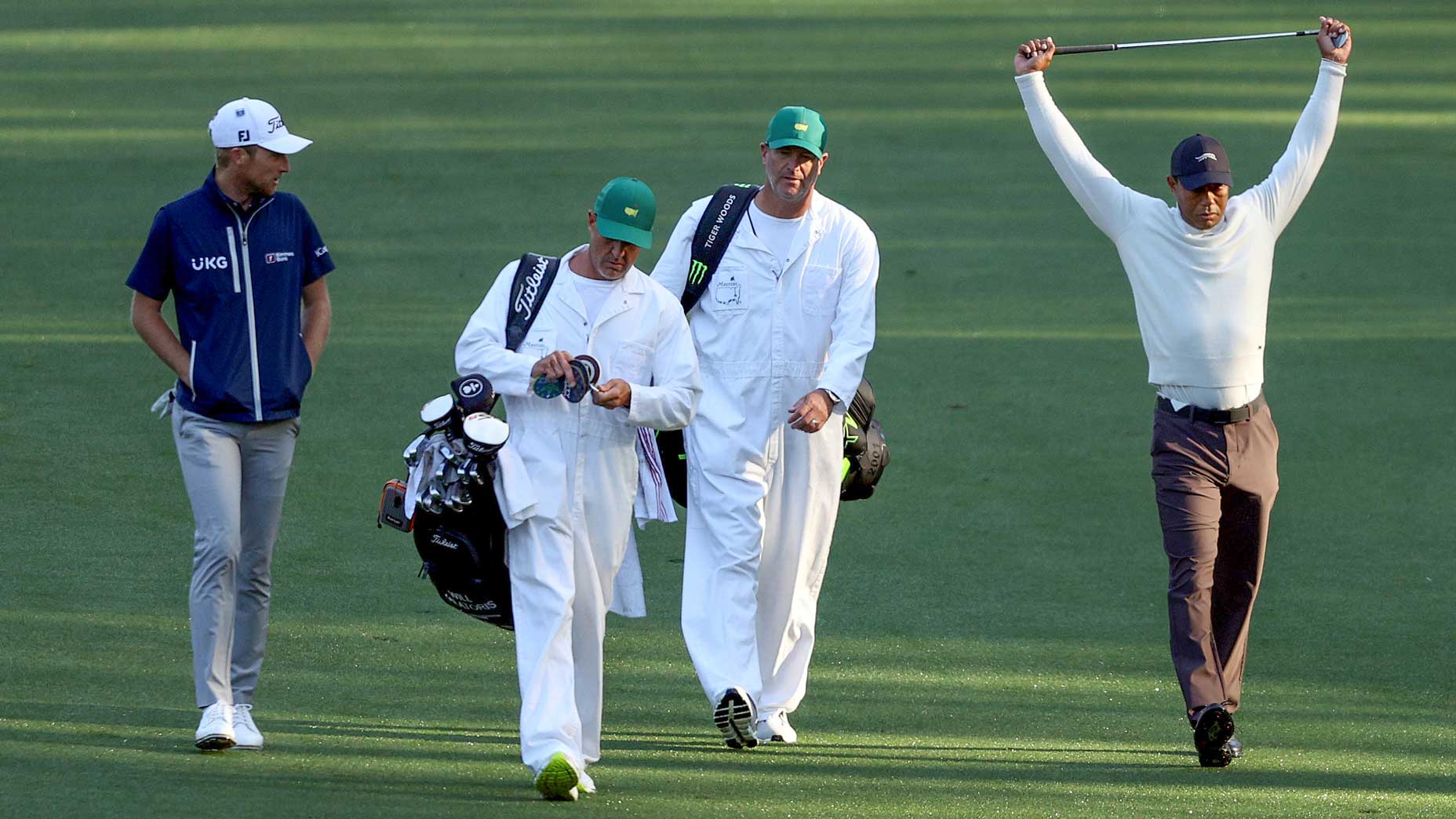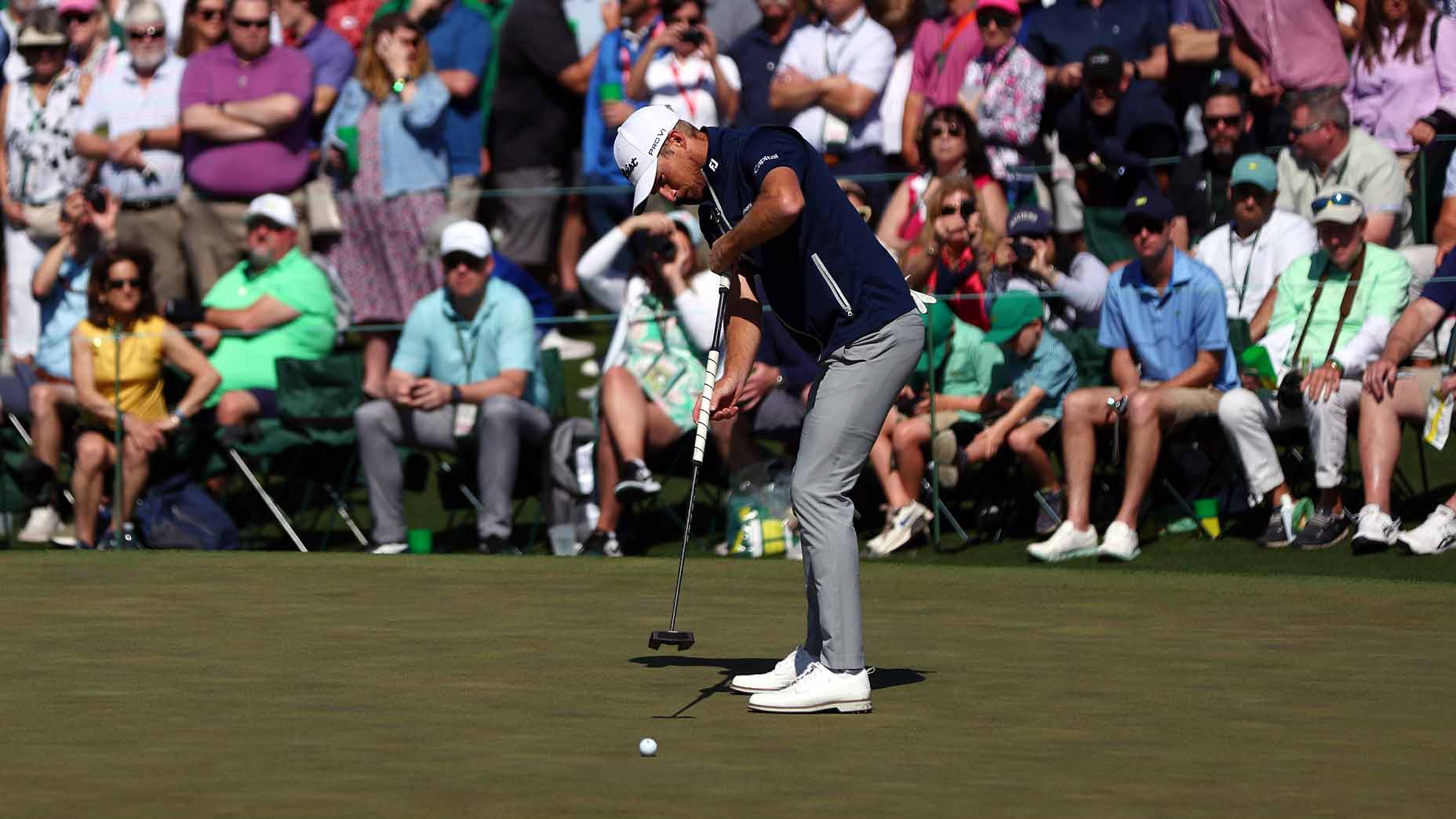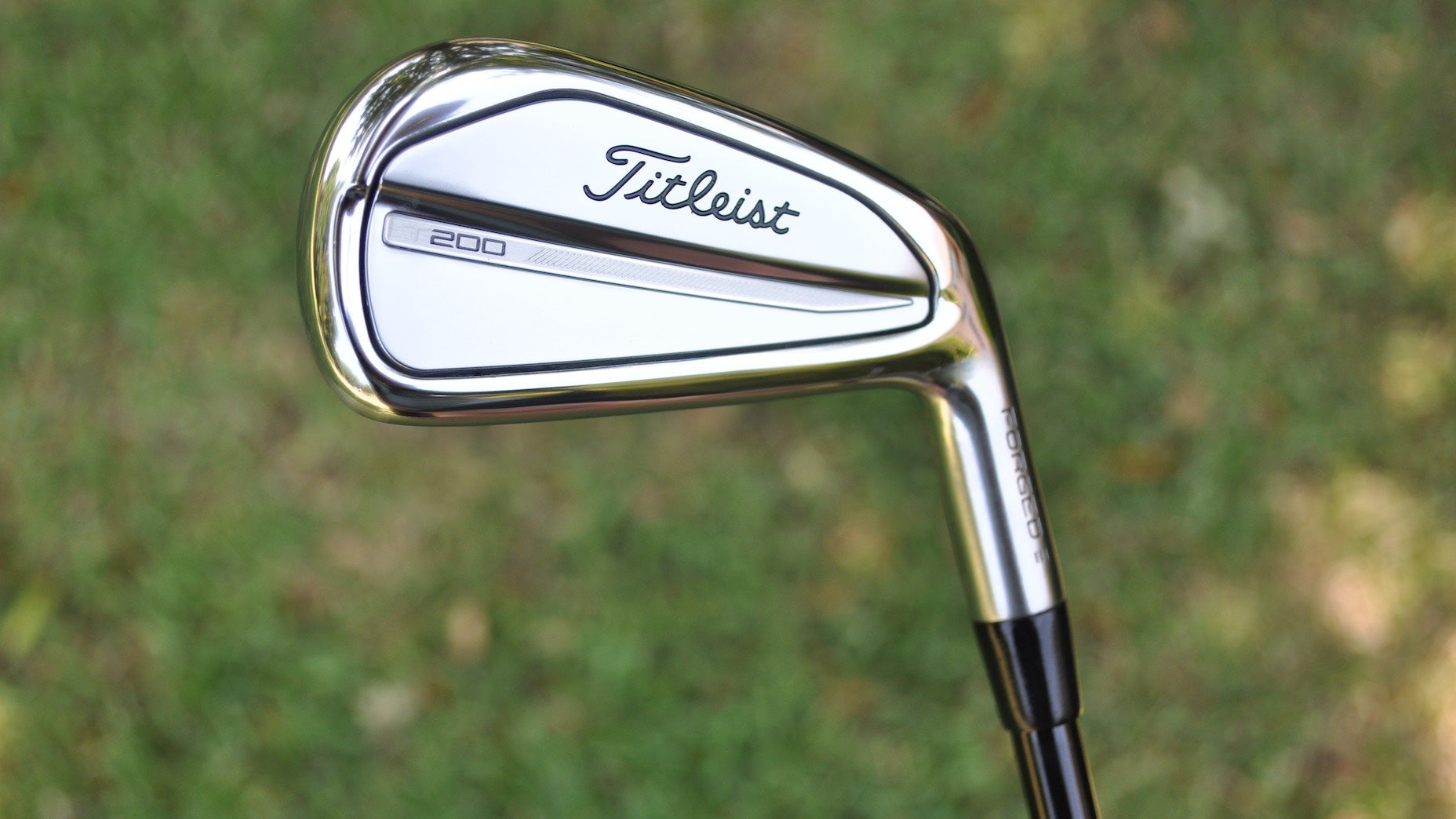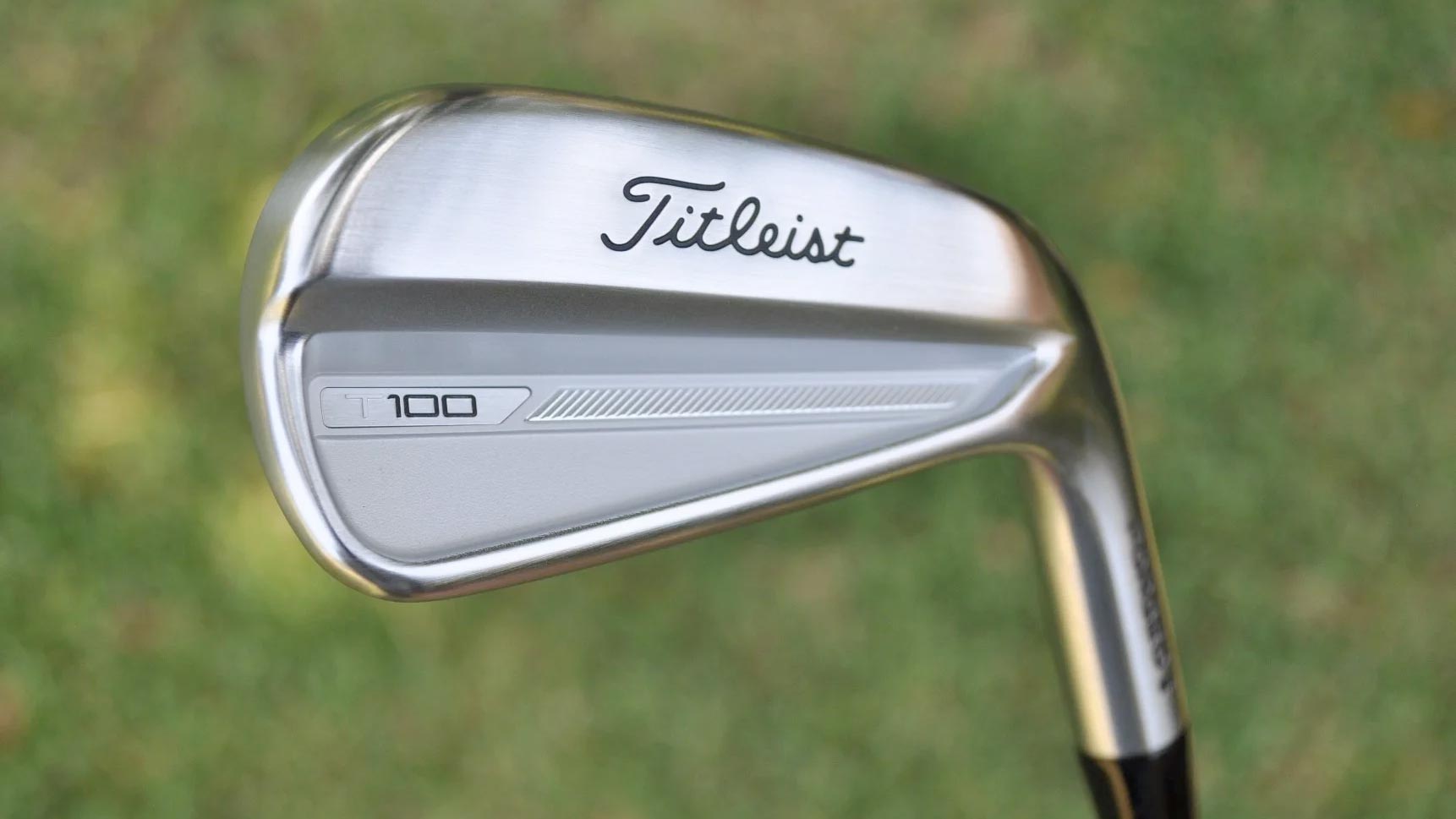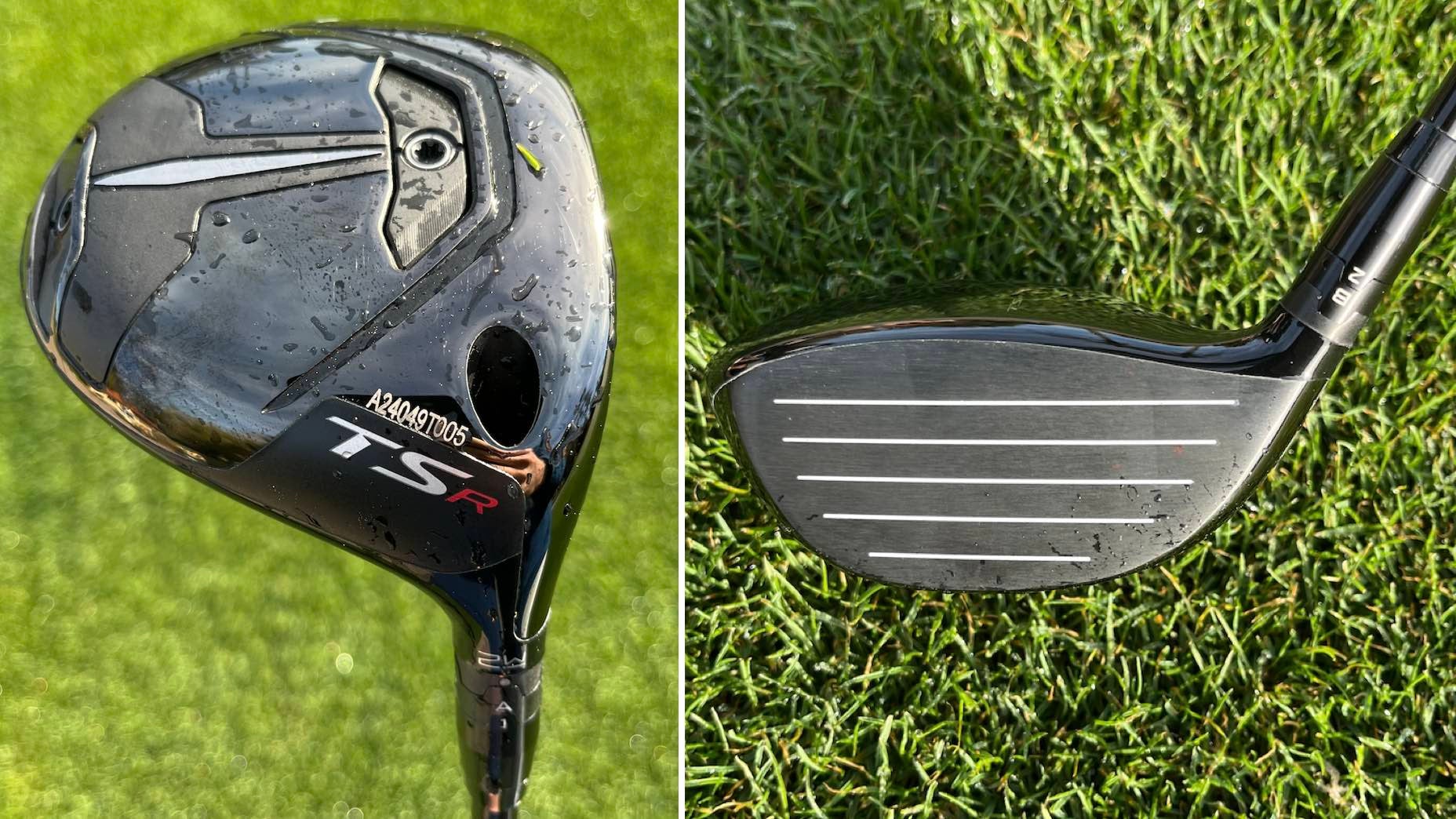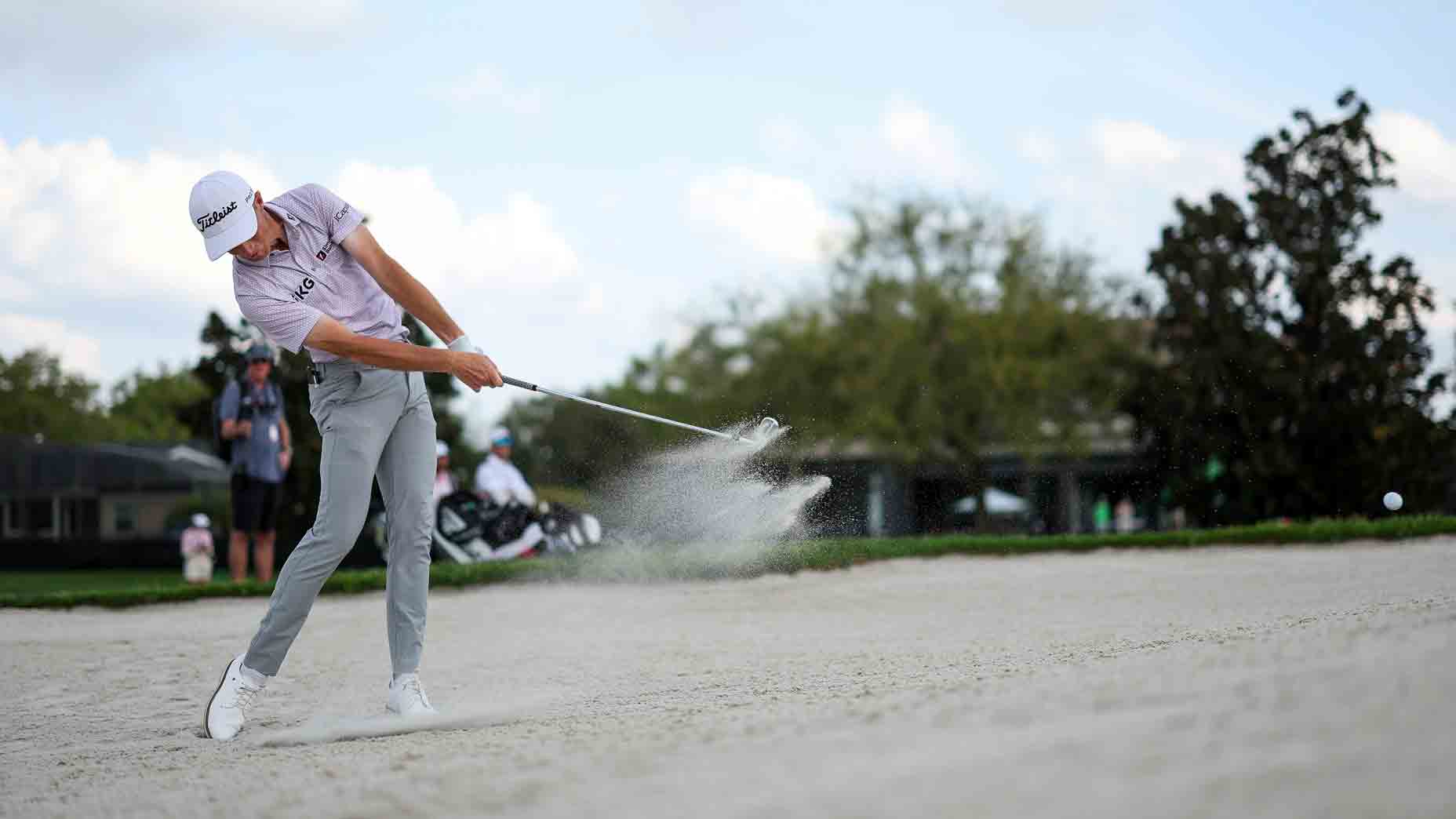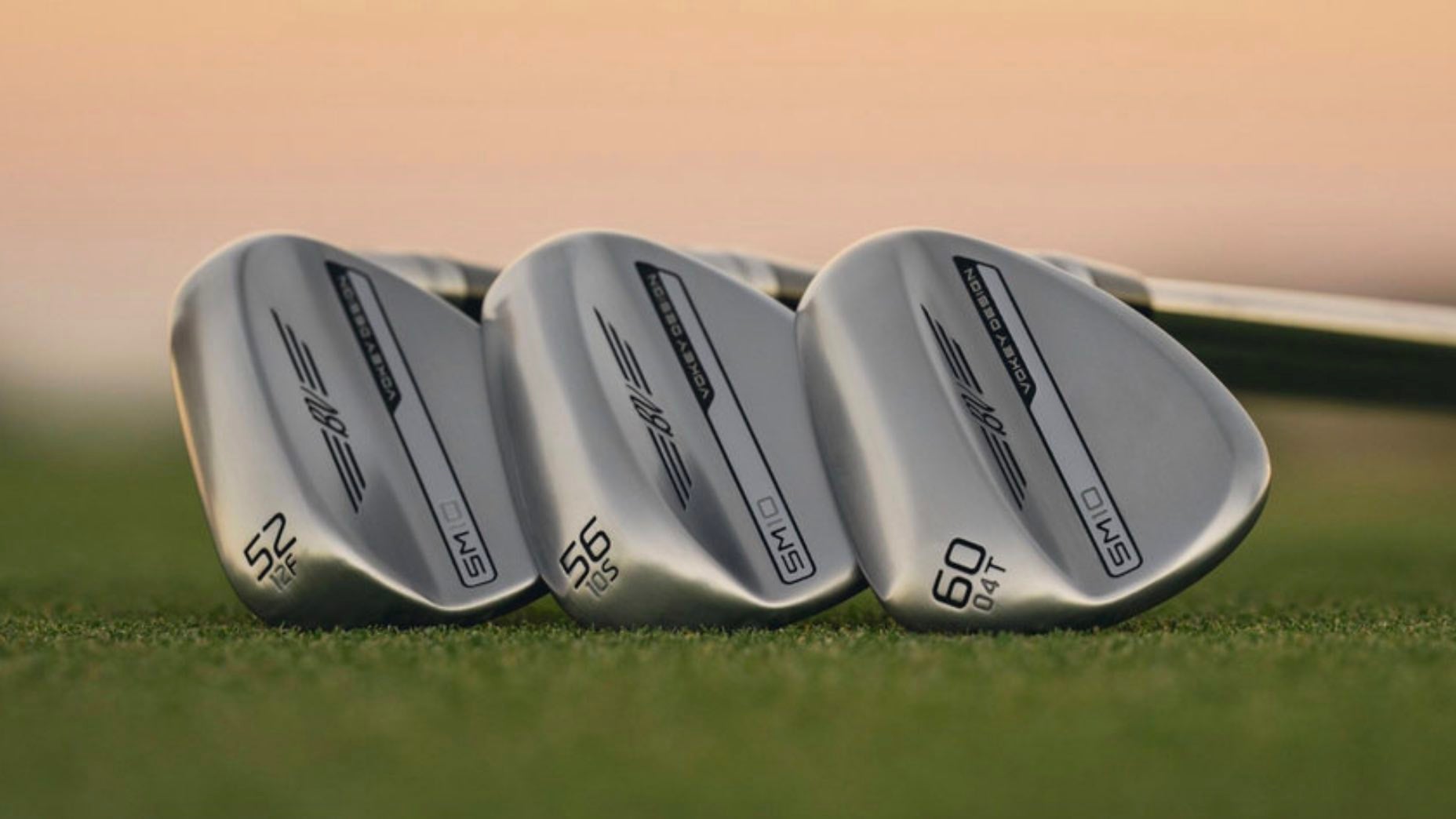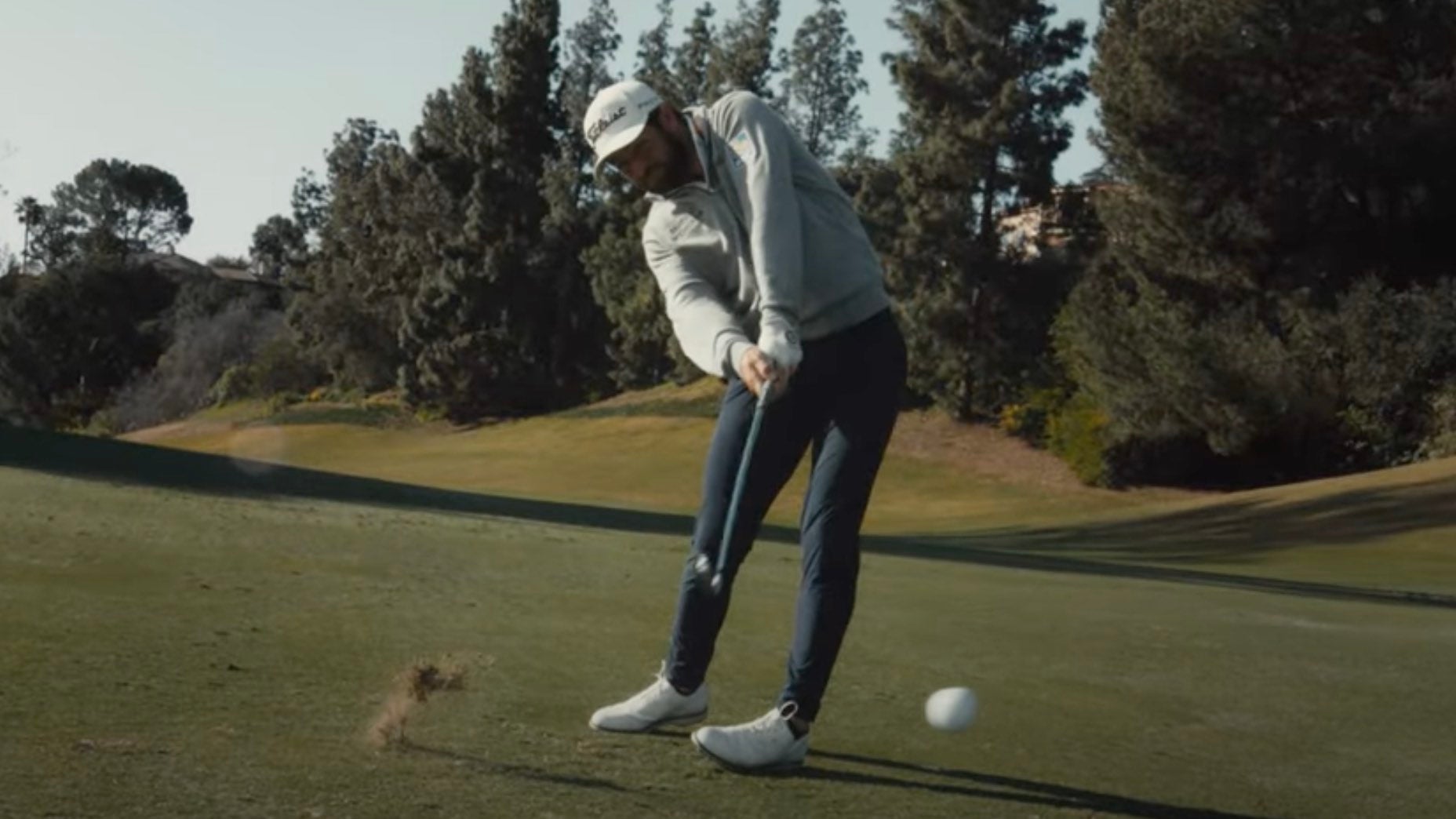The gear crew at GOLF.com spends much time at Tour events snapping photographs of the tools used by the best players in the world. Posting club images online without context sometimes works, but it doesn’t help the weekend golfer understand the why behind a pro’s setup. In a new GOLF.com series, equipment editors Jonathan Wall and Ryan Barath answer those questions by highlighting interesting clubs in players’ bags, unique weighting, loft sleeve settings and more. Welcome to “Bay Spy.”
***
With a runner-up and T6 in his first two Masters starts, Will Zalatoris enters this week with sky-high expectations. Outside of a fresh Vokey Wedgework 60T lob wedge and a new putting grip, the 26-year-old’s Titleist setup is all but set for Thursday’s opening round.
Before he takes to the course, let’s dive into his current setup and look at some of the more subtle nuances of his gear that differentiate his bats from others on Tour.
1. Major motivation

Major championship heartbreak is never easy to digest. However, Zalatoris seems to be taking his playoff defeat to Justin Thomas at the 2022 PGA Championship in stride. During each major championship, Scotty Cameron creates a special headcover to celebrate the history of the venue or city.
The cover protecting Zalatoris’ Scotty Cameron Phantom X11 Prototype Long putter is actually from last year’s PGA Championship and features a roughneck next to a spewing oil derrick. Tulsa, Okla., home to Southern Hills Country Club, was known as the “Oil Capital of the World” following an incredible oil boom in the early 1900s.
Most would prefer to move on from defeat on golf’s biggest stage, but Zalatoris prefers to use it (and the headcover) as motivation.
2. Sighted in

The beauty of being a Tour pro is the lengths equipment manufacturers will go to in an attempt to get a club in their hands. In Zalatoris’ case, the sight lines on his Scotty Cameron Phantom X11 are a custom job designed to help improve his alignment.
The single line on top works in tandem with a line over the side stamp on his Titleist Pro V1 to get the perfect line, while the second set of alignment lines on the back of the head — roughly a golf-ball width apart — are designed to frame the ball at address, providing a second “track” to the cup.
For Zalatoris, the triple lines give him a confidence boost when he’s standing over a big putt.
3. More power
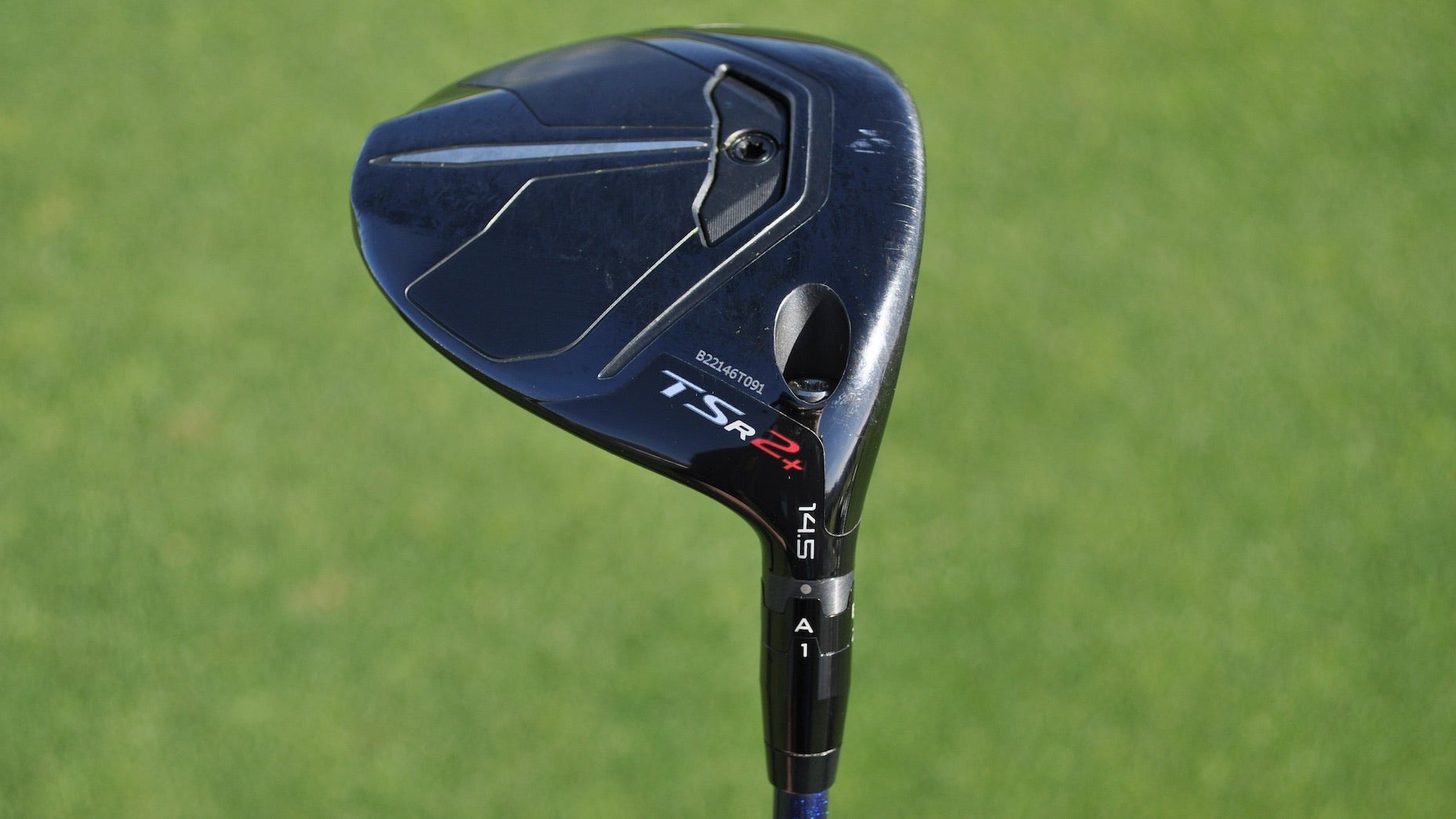
Zalatoris’ TSR2+ 3-wood is a good reminder that even elite players can benefit from a larger fairway wood profile. A new addition to the TSR lineup, the “Plus” model boasts a 190cc head (15cc’s larger than the standard TSR2), making it the largest volume fairway Titleist has ever created.
A larger profile allows golfers to get away with the occasional big miss, which is never a bad thing. For Zalatoris, the club acts as a reliable secondary option off the tee when he still needs to get it out there. With a hybrid or driving iron (we’ll get to this one) acting as the bridge between his woods and irons, he can go with a stronger-lofted 3-wood and not have to worry about gapping issues.
4. What’s in a number?

When Zalatoris returned to the course in January following a five-month layoff, it was with a minor modification to his Titleist TSR3 driver that was actually written in black permanent marker on the head: 44.75.
The number is the current length of Zalatoris’ gamer, which happens to be an inch-and-a-quarter shorter than his previous 46-inch build. During an interview with GOLF’s Fully Equipped podcast, Zalatoris revealed the shorter length has sapped some of his distance, but not to the point where he’s ready to go back to the previous 46-inch build.
In fact, it has improved a valuable area of his driver game.
“The beauty is I’m actually only a mile per hour slower because I’m more efficient,” Zalatoris said. “That’s going back to working with [Dr. Greg Rose] on everything.”
And the “D1” written below the length? That would be the swing weight of his driver. It’s uncommon to write the length and swing weight on the driver head — Lee Westwood actually writes the carry numbers on his irons — but in Zalatoris’ case, it allows him to keep his drivers straight if he does decide to go back to the longer build at some point.
5. Rocket launcher
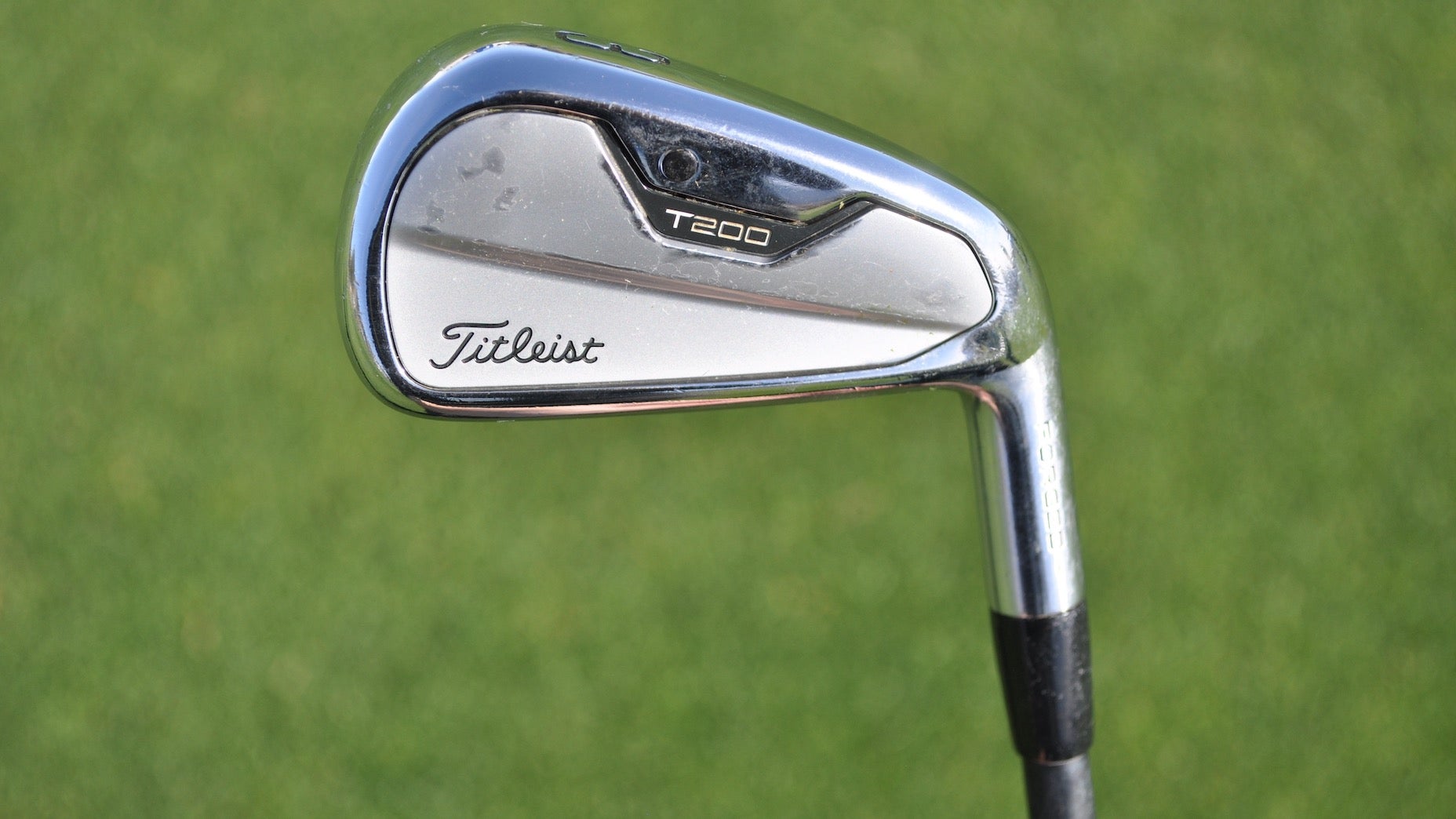
Traditional long-iron profiles still have staying power on Tour, especially when they’re packing an abundance of technology. Titleist’s T200 is a popular option at the top of the set due to the ball speed it produces. Zalatoris typically goes between the 3-iron and a Titleist hybrid, depending on the course setup.
His 3-iron is equipped with a Nippon N.S. Pro Graphite prototype shaft to give it a bit more speed when he needs it on the course. As Zalatoris told me, the club is a “missile.” It’s always nice to have one of those in the bag.
Something else gearheads might notice is the black dot just above the T200 badge. That’s actually a Tour-only addition for pros who need hot melt added to the head for sound or performance purposes.
6. Puppy love
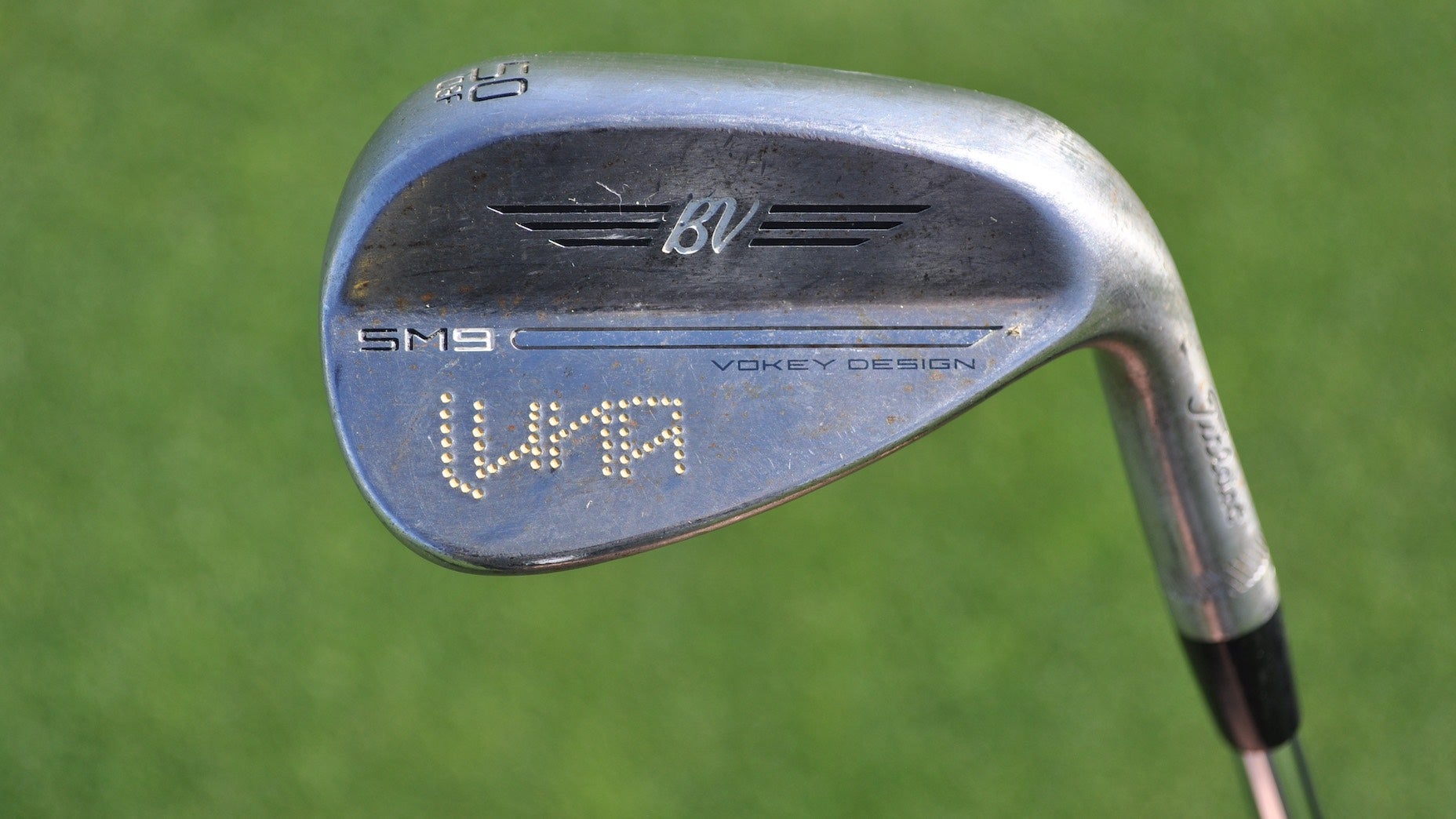
Animal lovers will appreciate the stamping on Zalatoris’ Vokey wedges. His two pups, Luna and Kona, have both been featured on his scoring tools in recent years. Luna was most recently added to his 50-degree Vokey SM9 gap wedge at the American Express. It’s a great way to remember his favorite family members when he’s on the course.
On the more technical side, Zalatoris plays with a squared-off leading edge on his 50-degree for visual purposes and typically puts a fresh gap wedge in the bag every 3-4 months.
7. Firm feel

Feel is everything for pros, which is why I always take a peek at the grips to see what guys like Zalatoris prefer. In his case, it’s a standard Golf Pride Z-Grip. The Z-Grip doesn’t have anywhere close to Tour Velvet’s usage, but it’s still a popular option for those who prefer an extremely firm feel.
With the firmest feel in Golf Pride’s extensive cord lineup, the grip combines heavy cord with a “z-texture” pattern for control. The cord is actually designed to provide “moisture management” on those humid summer days. As a Texas resident, it’s a little design feature Zalatoris appreciates when he’s practicing at home on balmy mornings.
Want to overhaul your bag for 2023? Find a fitting location near you at GOLF’s affiliate company True Spec Golf. For more on the latest gear news and information, check out our latest Fully Equipped podcast below.


